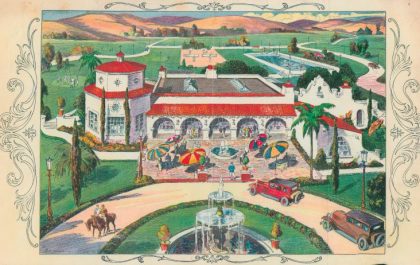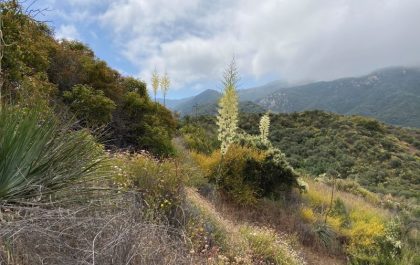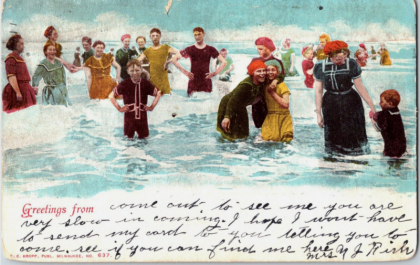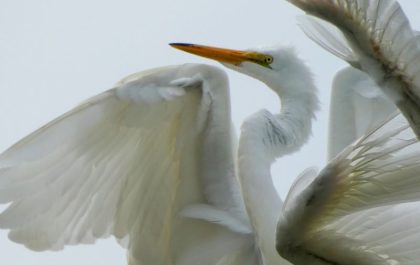Here’s a little bit of good news from up north. Western snowy plover pair has successfully nested on Carpinteria State Beach for the first time in more than 60 years.
Snowy plovers nest on the ground, depending on camouflage to avoid being seen. Unfortunately, that makes them highly vulnerable to unobservant humans.
Biologists monitoring the site discovered three eggs in the nest last month and fenced the area off to protect the birds. The eggs have now successfully hatched.
Once abundant, the snowy plover has experienced a catastrophic population decline before being placed on the California endangered species list. Snowy plovers are regular visitors at local beaches, including Topanga, but habitat loss due to rock revetments and other infrastructure, and human activities have made it difficult for them to breed throughout much of their historic range. Now, thanks to monitoring programs and a small army of volunteers, these birds are beginning to regain a foothold on the coast.












